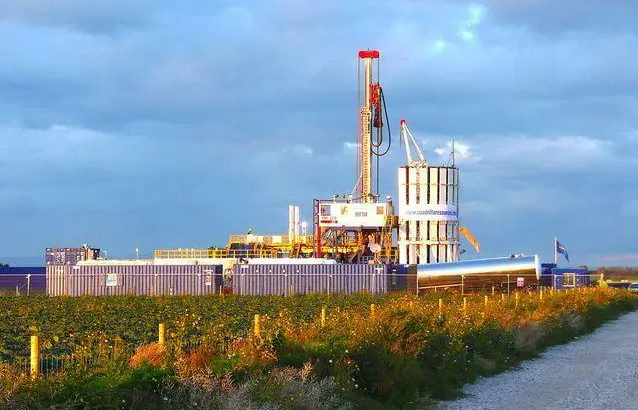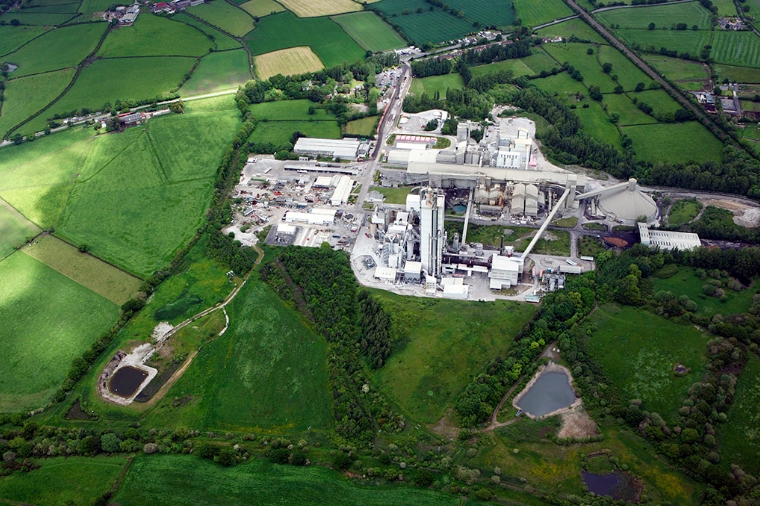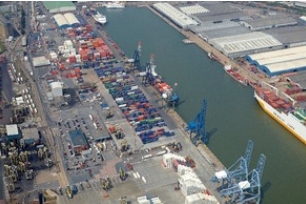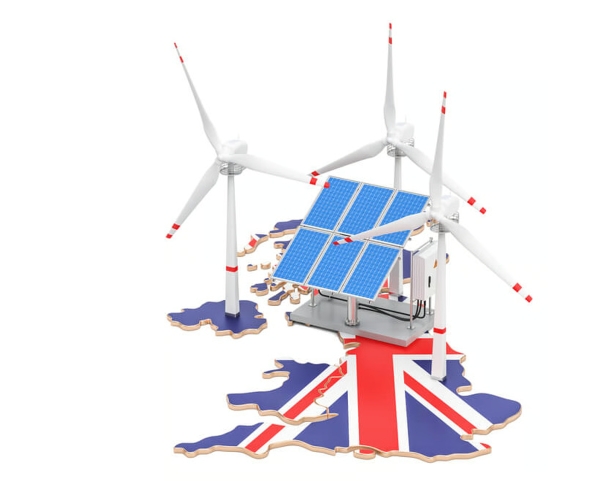This collaboration will leverage EPA and DOE’s shared commitment to, and joint expertise in, advancing methane monitoring and reduction technologies for the oil and gas sector. The agreement also includes the DOE National Energy Technology Laboratory (NETL), which brings expertise in quantifying and reducing methane emissions from leaks and inefficient operations.
EPA will develop the regulatory elements of the Methane Emissions Reduction Program and work closely with DOE on the financial and technical assistance aspects of the program.
The Methane Emissions Reduction Program will improve methane monitoring and accelerate the reduction of methane and other greenhouse gas (GHG) emissions from the oil and gas sector and will have the co-benefit of reducing non-GHG emissions such as volatile organic compounds and hazardous air pollutants.
The program will advance these efforts by providing financial and technical assistance for a number of activities, including: preparing and submitting greenhouse gas reports; monitoring methane emissions; and reducing methane and other greenhouse gas emissions by improving and deploying equipment, supporting innovation, permanently shutting in and plugging wells, mitigating health effects in low-income and disadvantaged communities, improving climate resiliency, supporting environmental restoration, and mitigating legacy air pollution.
The program also specifies that at least $700 million must be used for activities at marginal conventional wells.
The program also establishes a waste emissions charge for methane from applicable facilities that report more than 25,000 metric tons of CO2 equivalent per year to the Greenhouse Gas Reporting Program (GHGRP) petroleum and natural gas systems source category and that exceed statutorily specified waste emissions thresholds.
Waste emissions charge starts at $900 per metric ton for emissions reported in 2024, increasing to $1,200 for 2025 emissions, and $1,500 for emissions years 2026-on. Includes flexibilities and exemptions.








